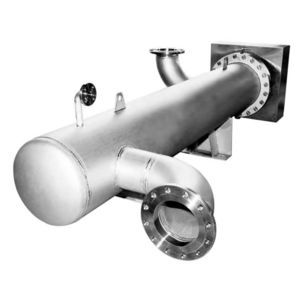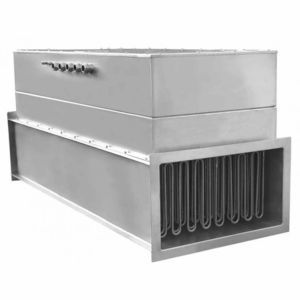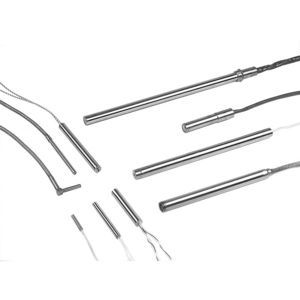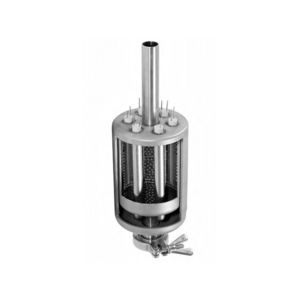
- Industrial machines and equipment
- Heat Exchanger and Refrigeration
- Tubular heat exchanger
- heatsystems GmbH & Co. KG
Tubular heat exchanger liquid/liquidstainless steelcorrosion-resistant








Add to favorites
Compare this product
Characteristics
- Type
- tubular
- Fluid
- liquid/liquid
- Material
- stainless steel
- Other characteristics
- corrosion-resistant
- Temperature
Max.: 40 °C
(104 °F)Min.: 0 °C
(32 °F)
Description
The combined heat exchangers combine the advantages of tubular heat exchangers and electrical heating. If the heating fluid is not yet available (e.g. boiler fired by heavy oil), electrical preheating is effected. The tubular heating surface transfers the thermal energy of one medium to the other. The fluids involved are mainly liquid but can also be gaseous. The type and properties of the fluids, pressures and temperatures as well as the desired operating points in the process are important for the design.
One fluid in the combined heat exchangers dissipates the energy, and this energy is transferred through a pipe wall to the other fluid. Here, it is important that the design be matched to the general conditions, for each fluid has its specific properties.
Combined heat exchangers are mainly used for heating heavy-oil storage tanks. Of course, they can be used for all fluids which can be used for tubular heat exchangers and electrical flow-type heaters.
I. Water
Drinking water, max. surface load depending on the water hardness 4 – 6 W/cm²
Circulating and/or heating water, max. surface load approx. 10 W/cm²
Softened water; observe the maximally admissible chloride content, max. surface load approx. 19.0 W/cm²
Ultra-pure water; here, a low-pocket or pocket-free design with a defined surface quality is useful in most cases.
Fully desalted water; here, non-ferrous heavy metals should not be used, maximum surface load approx. 10 W/cm²
II. Oil
Heavy oil, not pumpable in a cold condition, maximum surface load between 1 and 2 W/cm² depending on the quality
Hydraulics oil, maximum surface load approx. 0.6 – 1.2 W/cm²
Catalogs
No catalogs are available for this product.
See all of heatsystems GmbH & Co. KG‘s catalogsRelated Searches
- Vessel
- Heat exchanger unit
- Liquid/liquid heat exchanger
- Resistance heater
- Water vessel
- Heater
- Tubular heat exchanger
- Stainless steel heat exchanger
- Gas heater
- Water tank
- Air heater
- Electric heater
- Liquid heater
- Immersion heater
- Tubular resistance heater
- Cartridge heater
- Circulation heater
- Convection heater
- Flat resistance heater
- Ceramic resistance heater
*Prices are pre-tax. They exclude delivery charges and customs duties and do not include additional charges for installation or activation options. Prices are indicative only and may vary by country, with changes to the cost of raw materials and exchange rates.



















